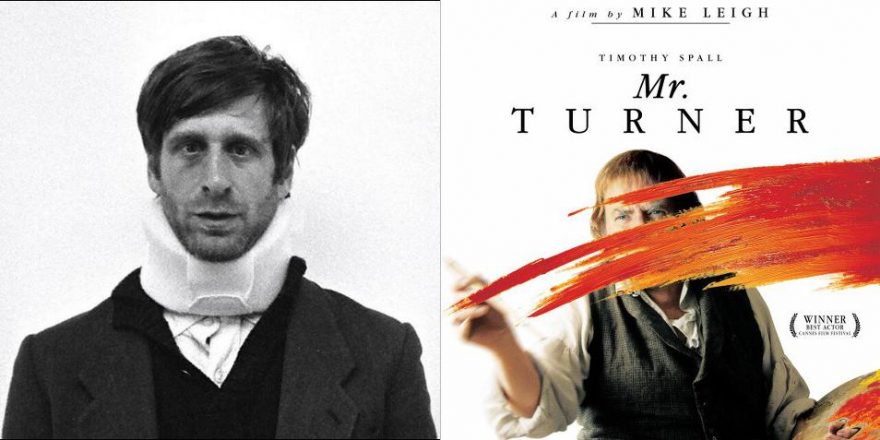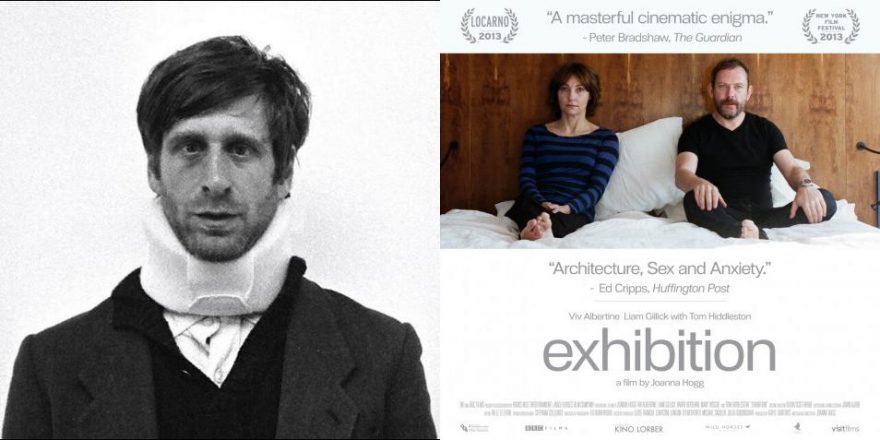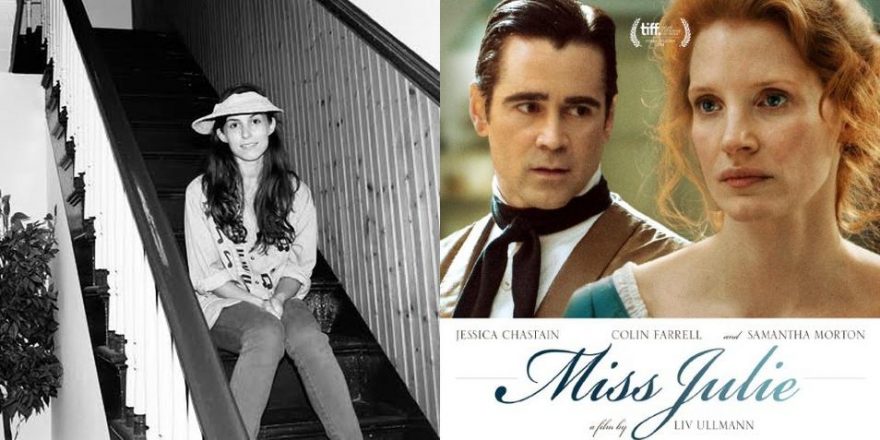After 15 years, I’ve found that my life as a filmmaker has fallen into a repetitive sequence. First, I get a vague idea for a film. The origins of these inspiring notions are unpredictable — a dream, an overheard piece of dialogue, a humiliation that one of my friends is suffering through. Since I am looking for a film to do, my mind keeps returning to these little triggers, conjuring scenarios. Always, one of these notions floats to the forefront of my mind, suggesting a beginning and end. Usually I work for three months to figure out what my middle will be, then another three to write the script.
When the writing is done, I set about trying to find the money for the film, a humiliating process that involves tasks that don’t come naturally to me, such as creating a “business plan” and “selling myself.” After six months of groveling, glad-handing and harassing friends, family members and production companies, I find that I’ve raised half the amount that I need to make the film. At that point, my wife and creative partner, Sophia Takal, tells me we can make the film for the amount we’ve raised. She’s lying, of course. Sophia understands that I’m risk-averse when it comes to money and that I have to be tricked into starting the film. Shooting begins and halfway through we run out of money, but Sophia knows the one thing I like more than having money in the bank is making movies, and that I will spend our savings and assume a bunch of debt besides to finish the film.
When the shooting is complete, we stay in bed for a week watching Blake Edwards movies or episodes of Columbo, occasionally averting our eyes from the screen to sleep, go to the bathroom or make love (for which we had neither the time nor the inclination during the shoot).
After this brief period of hibernation, Sophia and I rise, watch our dailies and despair. The film is not what we wanted and can never be; a lost cause. We blame the lack of money, the cinematographer, the cast. We blame the producers, our parents, the high-school bully who undermined our confidence. We blame New York, the government, capitalism. Finally, we blame each other and have a nice long screaming match. Once the anger has subsided, the sadness sets in. Here I am again, a failed artist and a failed man, a charlatan and a pauper — and for what? I know there is no one but myself to blame. My conception of the world is shallow, my understanding of human emotions facile. Why in the world did I think I was a film director?
I spend the next six months working on the edit and going through “post,” while worrying constantly about the debt that is accruing and/or working a job to minimize said debt. Gradually, the movie takes shape. Things aren’t as bad as I had thought. When we’re done, audiences generally seem to enjoy the film, though they could be lying. What are they going to say? I choose to believe them. I begin to see the movie through their eyes and enjoy it too. A sense of relative relief washes over me, but I remain shaken. The ups and downs, the anxiety, the constant exertion have exhausted me. Why do I do this to myself? Does the world need another movie? What is the point? I just can’t seem to muster the strength to start all over again. I drift through life without purpose, contemplating what new career I should pursue.
This was the precise frame of mind I was in when I found myself at a screening of Mike Leigh’s new film, Mr. Turner, a fascinating portrait that takes the struggles of the artistic life as its subject. While I was moved by Timothy Spall’s earth-shattering depiction of J.M.W. Turner, Leigh’s continued mastery was the true inspiration here. While most films seek simply to entertain, Leigh’s work aims to enlighten and, again and again, Leigh hits his mark. I entered the screening with the nagging feeling that art was as meaningless as the reality it claims to address, but each of the scenes in Mr. Turner is so loaded with meaning that my sense of existential emptiness was rendered incoherent. I left Mr. Turner filled with what can only be described as a sense of spiritual awe and profound solace, despite the tragic difficulties all of the film’s characters faced. I was reminded that, at its best, film offers a secular corollary to religious contemplation and comfort. I was reminded of why I became an artist in the first place. Just like Turner and, presumably, Leigh, I wanted to find that feeling of connection to something larger than myself and share it with others.
In one particularly powerful sequence in Mr. Turner, Turner decides to sail out into the eye of an especially violent storm at sea while tied to the mast of a steamboat. The fruits of this endeavor end up being an awful case of bronchitis that may or may not have ultimately killed him (the film is not clear on this point) and what is now considered his masterpiece, Snow Storm: Steam-Boat off a Harbour’s Mouth. When the painting is revealed to Queen Victoria and Prince Albert, for whom it was commissioned, it is met with scorn as Turner, hiding, listens nearby. Having lost the patronage of the British Royal Family, Turner is forced to rely on an unbearably pretentious nouveau-riche family, who seem to be using their support of Turner’s now controversial reputation as a way of making a social impression. This irks Turner profoundly since he views himself as an artist of the people. He goes to a music hall show to forget his troubles only to find the troupe mocking both his work and the effete cognoscenti that now patronizes it.
When, in the following scene, Turner is shown at a dinner party too drunk to bring a fork to his mouth, let alone utter a coherent sentence, I was sure that he was descending into alcoholism and madness, but that is not where the story goes. Instead, Turner just goes back to painting and his tortuous romantic entanglements. Nobody said the artistic life was gong to be easy. It is rife with rejection and financial instability. Snow Storm: Steam-Boat off a Harbour’s Mouth was derided while Turner was alive; now it is revered.
The artist has no control over how his or her art will be received, even by his or her own critical gaze. The hope that one day his misunderstood work might find a truly receptive audience, however unlikely it must have seemed to him at the time, was enough for Turner. That message can’t be lost upon a generation of indie filmmakers whose work is becoming increasingly marginalized. Let’s all try to remember that sailing out into the storm and coming back with something beautiful is our purpose. If we manage, we may not get rich or famous, but we will find an audience out there somewhere, however small, and that connection is what it’s all about.







